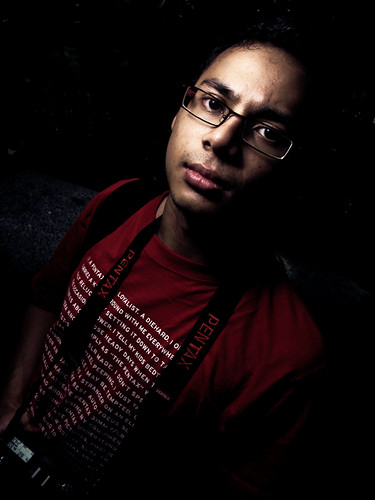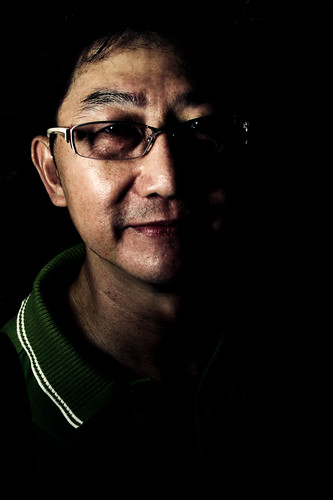Guys.. need your opinion on china made Flash.
Any body used this "cheap" flash before?
I got one reference from ebay..
http://cgi.ebay.com/YN460-Mark-II-Flash-Speedlite-for-Canon-Nikon-Pentax_W0QQitemZ260540691745QQcmdZViewItemQQptZDigital_Camera_Flashes?hash=item3ca96f7521#ht_5798wt_1165
I know that someone is selling this in singapore.
Is this good? any other china-made brand?
Any body used this "cheap" flash before?
I got one reference from ebay..
http://cgi.ebay.com/YN460-Mark-II-Flash-Speedlite-for-Canon-Nikon-Pentax_W0QQitemZ260540691745QQcmdZViewItemQQptZDigital_Camera_Flashes?hash=item3ca96f7521#ht_5798wt_1165
I know that someone is selling this in singapore.
Is this good? any other china-made brand?




